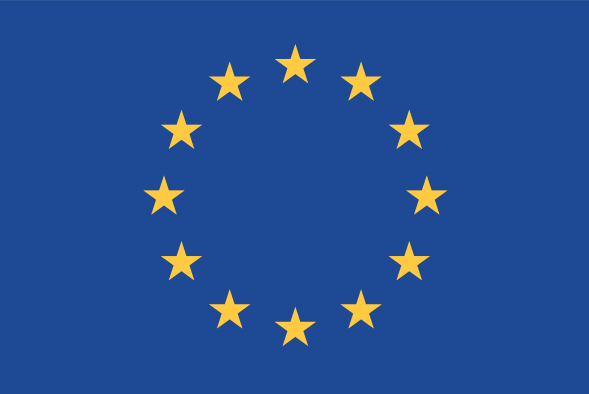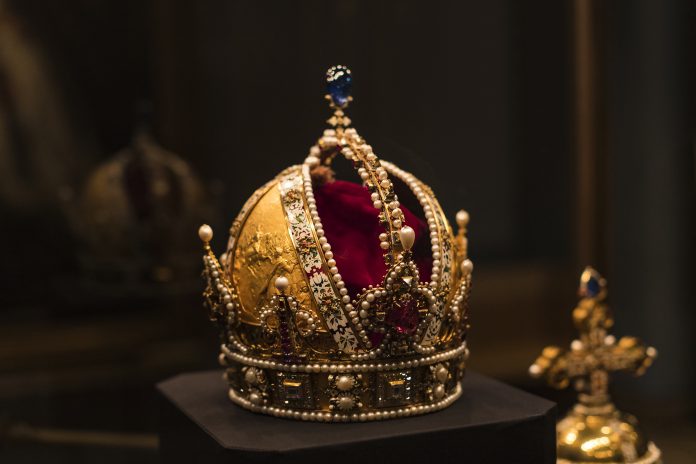Gábor Egry, Director-General at the Institute of Political History and principal investigator of Horizon 2020 funded project NEPOSTRANS, dissects the ideologies that shaped and outlived the Habsburg Empire
Habsburg is back: It is in the focus of frantic historical research, and books on the topic are easily sold and dedicated with prestigious prizes. Even a decade ago it was hard to imagine that something as settled as the history and fate of the domains of the dynasty will offer fame and recognition among historians, entrance to professorships and funding.
The once mighty but long defunct empire was predominantly seen as a state that deserved its demise, a relic of the past that outlived its utility and an obstacle for many Central and Eastern European nations on their road to modernity and freedom. New research was not missing, but it usually confirmed the existing arguments with new case studies, or analysed subjects within the frame of broader questions and long durée structural processes or as elements of comparisons.
This causes us to then question why Habsburg returned with such unexpected force? One reason is inherent to historiography and historians’ desire not to be content with given explanations and canonical narratives. The true reward of being an intellectual is the discovery, recognising something unknown, unexpected and this axiom holds for history too. Such desire not to repeat the given is one of the reasons of the cyclical revisions of history, the recurrent deconstructing and reconstructing of narratives – often through criticism, controversy, sometimes even at the cost of social conflict. But for successful deconstruction and powerful challenge of the dominant narrative of an ailing and oppressive Habsburg Empire, something else was necessary too: A new perspective on history.
The revival of the Habsburg Empire?
The proper subject of historical research and narration, whether it is a state, a nation, a social group, a phenomenon, a city, a village or the individual, is debated permanently. Different answers mean different scales of analysis, different focus of research and different methods of reconstructing the history of larger units. New questions entailed such shifts and for about two decades a focus on the common people’s lived experience with Habsburg history, most importantly with nationalism within the various settings the empire offered its people, changed significantly how we think about the realities of the Habsburg realm. Authors such as Pieter Judson, Tara Zahra, Jana Osterkamp, Dominique K. Reill, Rudolf Kučera, Hannes Leidinger – just to name a few – have painted the picture of a society that was far from doomed, not subject of oppression without any agency and less mired in endless struggle over the nationalities question than presented earlier.
The renewal of the Habsburg historiography benefited from a broader imperial turn too. On the one hand, authors like Niall Fergusson revived interest in a liberally refashioned imperialist narrative of global history, making the empire a fashionable subject of enquiry again. More importantly, criticism of Fergusson’s work generated a rival approach to the history of empires, New Imperial History. (Ulrike von Hirschhausen, Jörn Leonhard) For Habsburg historiography, its most important aspect is the inclusion of Austria-Hungary in the ranks of empires as opposed to an earlier juxtaposition of “true” colonial and “ailing,” “feudal” continental ones.
The empire as a form of rule and statehood, as a set of uneven and asymmetric but never simply hierarchical centre-periphery relations, and the role of local elites and imperial figures in the management of empires, the most important distinctive features of imperial statehood for New Imperial History, became a legitimate subject of analyses for Austria-Hungary. New vistas for research and historical narratives were opened.
Finally, around 2010 the post-communist understanding of the peculiarities of Eastern European states started to crumble. Recently members of an enlarged EU and still so different from a Western point of view, the legacy of Communism did not seem to explain fully their difference. Attempts, such as the project on phantom boundaries, tried to reveal longer and deeper structural continuities within these societies, ones that often highlighted the legacy of the empires from before 1918 in social behaviour, habitus or institutional culture.
At stake: The nation-state
Why is this important for research on the end and afterlife of the Habsburg Empire? All these new trends point to a new understanding of Austria-Hungary’s statehood, while its successor states used exactly this point of reference, self-differentiation from the empire as new and democratic nation-states as their source of legitimacy. But the more we know about how society and state interacted before 1918, the more we learn about the long-term legacies of the Habsburg state, the more intriguing the question becomes: What did exactly change in 1918-1919? How much these new states were nation-states and how much they – inevitably – relied on their imperial legacies for managing their societies?
More pointedly, the stake of these new trends on Austria-Hungary is the nation-state and statehood. If historians can go down the road marked by this new historiography, and reconstruct the relations of state with society and its autonomous organisations (like associations) and individuals/families as actors (see for example Laura Lee Downs’ conceptualisation of her longue durée project on the construction of welfare through a triadic nexus) this revised understanding could redefine statehood and promise a new way of thinking for Europe too. Not simply a conglomerate of societies in their nation-state containers, rather communities constructed, acting and interacting at different scales, shaping the social and political architecture of larger regions than their respective states, and still today impacted by the legacies of those empires that disappeared around 1918.
Negotiating post-imperial transitions: From remobilisation to nation-state consolidation
NEPOSTRANS, a project financed by the European Research Council is part of and spearheading this trend. A team of nine researchers analyse nine regions from the Habsburg Empire, focusing on their trajectories post-1918 in the new nation states. The team addresses four main themes:
- State.
- Elites.
- Identities.
- Discourses.
We are looking at interactions, cultures and especially rupture and continuity of people, norms, practices, institutional cultures to discover patterns of transitions and the social factors influencing them. With the comparative history of this concrete transition, we hope to learn more about the other ones during modern history too.

NEPOSTRANS has received funding from the European Union’s HORIZON 2020 Research programme under the Grant Agreement no. 772264.
*Please note: This is a commercial profile





![Europe’s housing crisis: A fundamental social right under pressure Run-down appartment building in southeast Europe set before a moody evening sky. High dynamic range photo. Please see my related collections... [url=search/lightbox/7431206][img]http://i161.photobucket.com/albums/t218/dave9296/Lightbox_Vetta.jpg[/img][/url]](https://www.openaccessgovernment.org/wp-content/uploads/2025/04/iStock-108309610-218x150.jpg)





